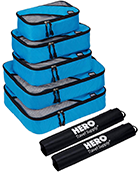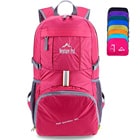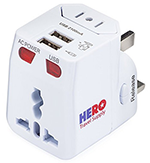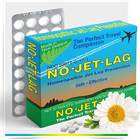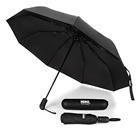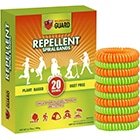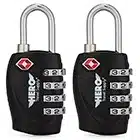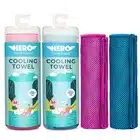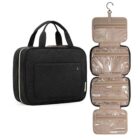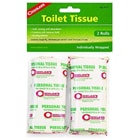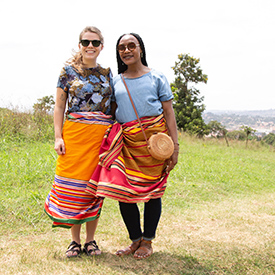Hiking: There are many places to go hiking in Uganda, as well as the opportunity to go gorilla trekking, which is one of the country’s top attractions. Whether you’re searching for primates or just taking in the scenery, appropriate hiking attire will keep you comfortable and protect you against the brush, bugs, and sun. Plan to wear long pants, a breathable shirt with sleeves, and good hiking shoes or boots, as well as a hat and sunglasses.
Rafting: Whitewater rafting the Nile is another of the most popular things to do in Uganda. For this adventure, activewear-type clothes that dry out quickly will be the most comfortable and convenient. A pair of snug, sturdy sandals is also a must.
Safari: There are several places to go on safari in Uganda, and since you’ll be out in the wilderness, hiking clothes will generally be the most comfortable. Choose breathable fabrics and comfortable shoes, as well as long pants. For early morning and nighttime game drives, you’ll also likely want a warmer layer like a fleece jacket and a scarf.
Nightlife: Like many African capitals, Kampala has a vibrant nightlife scene, with numerous trendy bars and clubs. If you’re planning on a night out in the city, pack a pair of jeans, closed shoes, and a nicer top (like a blouse for women and a polo or button-down for men). Anything less and you’ll find yourself significantly underdressed compared to the locals.





